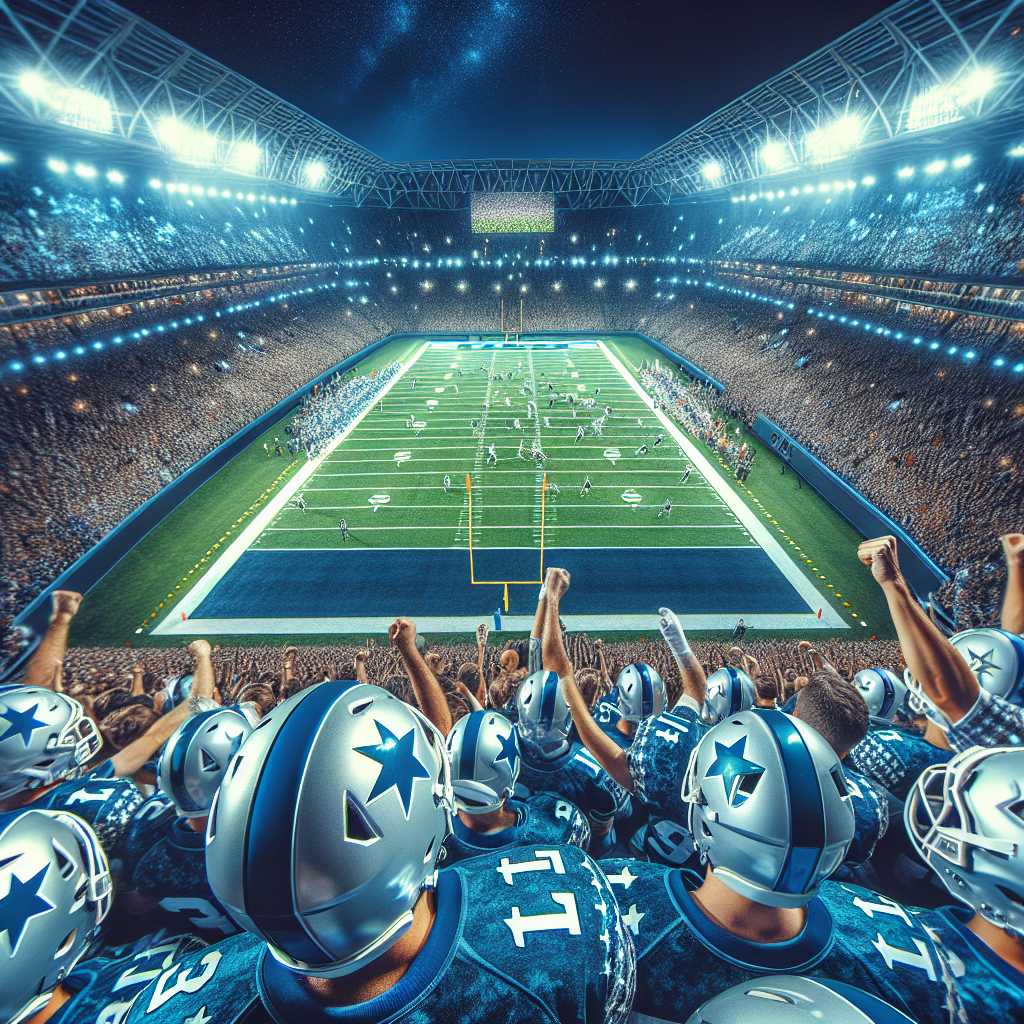History and Significance of the Dallas Cowboys in American Football
Established on January 28, 1960, the Dallas Cowboys are a renowned American football franchise based in the Dallas–Fort Worth metroplex. The Cowboys compete in the National Football League (NFL) as a member club of the league’s National Football Conference (NFC) East division. They hold the distinction of being one of the most successful and widely recognized teams in NFL history, with a strong heritage and a unique standing within the annals of American sports.
The Evolution of a Football Dynasty
The Dallas Cowboys quickly became known as “America’s Team,” a moniker reflecting their widespread popularity and prominent media presence. Throughout their history, the Cowboys have made it to eight Super Bowl appearances, coming away victorious in five of those championships – Super Bowls VI, XII, XXVII, XXVIII, and XXX. Much of the team’s enduring legacy was shaped by early figures such as Tex Schramm, Tom Landry, and Roger Staubach.
*The Tom Landry Era: Revolutionizing the Game*
Tom Landry, head coach from 1960 to 1988, was instrumental in forging the identity of the Cowboys. His innovative coaching strategies introduced elements such as the use of multiple offensive formations to confuse opponents and meticulous scouting and analysis of other teams. Landry’s leadership propelled the Cowboys to their early successes and helped earn them a place among the NFL elite.
*The 1990s: A Decade of Dominance*
In the 1990s, under owner Jerry Jones and head coach Jimmy Johnson later succeeded by Barry Switzer, Dallas witnessed a resurgence in form with players like Emmitt Smith, Troy Aikman, and Michael Irvin energizing the franchise. This decade saw three Super Bowl wins in four years—a dynasty that stamped its mark on NFL history.
The New Millennium and Present Day
As the team transitioned into the 21st century, it faced challenges consistent with those that greet storied franchises—maintaining relevancy while rebuilding for future successes. The Dallas Cowboys have striven to recreate some of their former glory through effective drafting, strategic signings in free agency, and cultivating a culture centered around winning.
*A Commitment to Innovation*
Modern-day aspects such as their state-of-the-art stadium—AT&T Stadium—which opened in 2009 exemplify this continued commitment. The facility set new standards for sporting venues globally and remains an iconic home for the team.
*Contemporary Challenges and Achievements*
While championship titles have eluded the Cowboys since their last Super Bowl win in 1995, they have regularly featured in post-season play. The quest for a sixth title remains an aspirational goal driving both players and leadership alike.
Dallas Cowboys’ Influence on Culture and Media
The image of the Dallas Cowboys goes beyond football field lines; it has taken root deep within American popular culture. Their cheerleaders, recognizable star-helmet design, and prominent personalities throughout history have made them more than a football team—they’ve evolved into a brand recognizable worldwide.
*Cheerleaders as Cultural Icons*
The Dallas Cowboy Cheerleaders, introduced in the 1970 zeitgeist, are embodiments of this cultural integration, perhaps being the most famous cheerleading squad ever. They’ve starred in their own television films and reality show, spreading the Cowboys’ logo across various entertainment branches.
*Media Presence and Economic Impact*
The value of media deals linking Dallas Cowboys’ games against sought-after time-slots has aided both NFL ratings and revenues. Forbes often acknowledges them as one of the highest-valued sports teams globally due to this appeal.
Charitable Works and Community Engagement
One integral component to the Cowboy’s ethos is devotion to philanthropic efforts—a prized tradition within the organization. Engaging with charitable endeavors helps maintain local support while impacting society outside of football.
*Establishment of Foundations and Outreach Programs*
From player-led initiatives to organizational partnerships with nonprofits, community outreach allows players to maintain relevance and touch fans’ lives multifarically. Through such gestures they not only fortify their bond with spectators but also uphold social responsibility principles.
